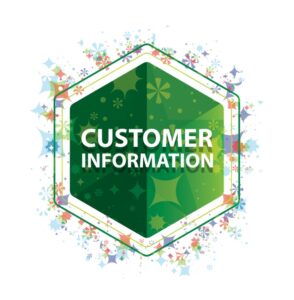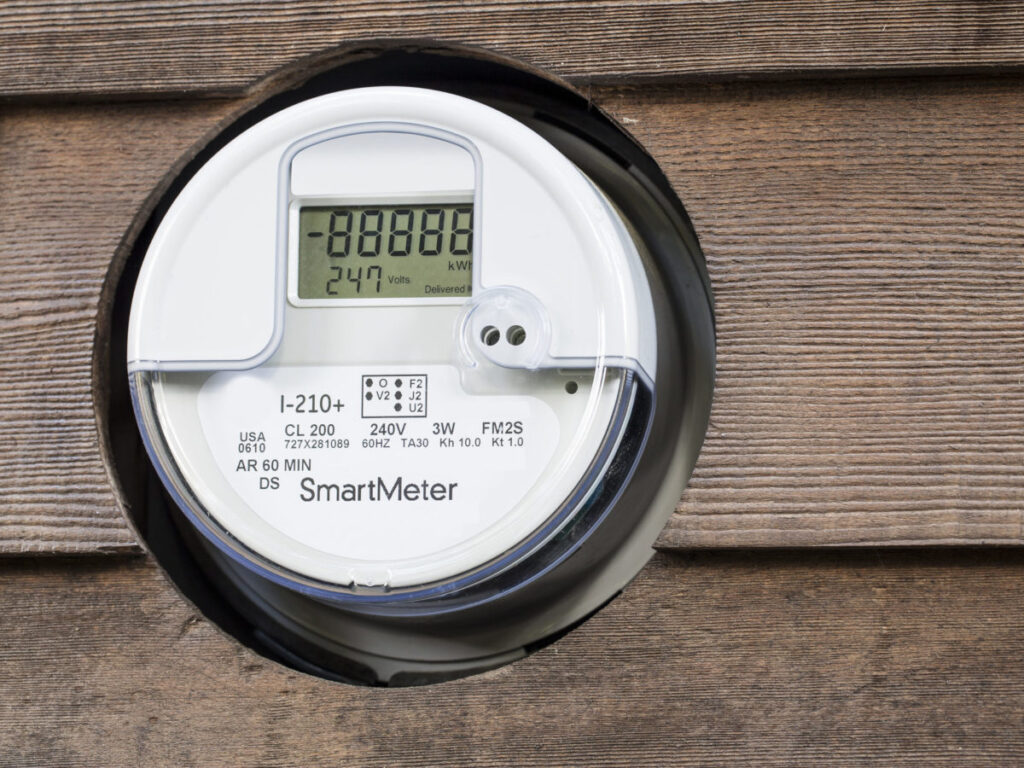Proving the Value of Customer Analytics at Orlando Utilities Commission

Almost a decade ago, the Customer Experience group at the Orlando Utilities Commission (OUC) began looking for use cases to demonstrate the value of investing in customer data and analytics. The team knew if it could test concepts and ensure they provide value, demand for more customer analytics and the resources to build new capabilities would come.
That is exactly what has happened at OUC, a municipal utility providing water and electric service to more than 400,000 accounts in Orlando, Florida, and surrounding areas. Today, about a dozen employees at OUC have full-time analytics-based roles and dozens more support analytics operations.
Customer Analytics Wins Translate to Growth
That momentum has grown from customer analytics-focused teams, such as the Customer Experience and Emerging Technologies groups, accumulating wins for the utility—starting with the first use case in 2014.
At that time, the Customer Experience group began looking at customers’ water meter data to identify abnormal usage or scenarios that needed to be addressed, such as customers watering their lawns too much or on the wrong days of the week. When the analytics team identified customers with high consumption, it passed the lead to the OUC Conservation team, who would call customers to set up an audit to determine the cause. In turn, that led to improved customer satisfaction and lower water bills.
Much has changed since those early days. Today, robust customer analytics fill dashboards that help business leaders to make decisions and benchmark performance for teams like Customer Experience, Billing & Collections, Sustainability, and the Customer Service Contact Center. The Emerging Technologies team uses analytics to help commercial customers solve tricky problems related to the economics and operation of distributed energy resources, such as solar systems and electric vehicle (EV) chargers.
For example, when the local transit authority started to electrify its bus fleet with 14 electric buses, OUC helped the organization to optimize the charging schedule for its fleet to reduce demand charges. By helping the transit authority electrify its fleet cost effectively, this encouraged the organization to adopt the technology more broadly, thus providing OUC more revenue. Now, the transit authority is planning to expand its electric fleet to 150 buses.

Benefits of Analytics Accrue to Customers
Justin Kramer, Director of the Emerging Technologies and Data Analytics group, said the utility thinks about its customer analytics in two categories:
- Those that help customers take action.
-
Those that help the business improve its processes.
On the customer-oriented side, examples include analytics that help the utility identify customers to reach out to regarding high consumption and other problems. On the operations-focused side, analytics help the utility see how customer operations could respond faster or more effectively. Either way, the goal is for the value of the analytics to accrue to OUC customers.
Digging into the benefits of customer analytics at a more granular level, the list is long and growing. One of the first benefits, dating back to the water usage analytics use case, was improved customer satisfaction, which is why the utility continues to operate the water monitoring and outreach program to this day.
Analytics have enabled OUC to reduce operational inefficiencies by uncovering areas for business process improvement. For example, when OUC implemented a new customer information system in 2017, the system initially identified a large volume of billing exceptions, which needed to be reviewed before customer bills could be sent. The Customer Experience group used analytics to better calibrate which exceptions were substantive and which were not. That calibration improved the billing system, which led to an effective billing operation with bills going out on time.
Customer electric meter data has led to improved usage estimates for better, more accurate billing. It has also enabled the utility to identify customers using OUC services illegally, which helps the customer base as a whole by keeping rates down.
The utility is even improving grid stability through customer analytics. OUC is collecting data and producing analytics on where customers are charging electric vehicles and installing solar systems to map out grid maintenance needs and make plans to ensure customers have reliable power.
What is Next for OUC Customer Analytics?
With the proven value customer analytics have created, the next step in the journey is for groups like Customer Experience and Emerging Technologies to spread the use of customer analytics across the entire enterprise.
Doing so will require expanding head count. For example, the Emerging Technologies team plans to add data delivery analytics team members in 2024.
In terms of new analytics projects, OUC is working to identify customers who have purchased EVs but not reported them. This identification will enable the utility to make plans for grid operation and maintenance in those locations to avoid power quality issues.
The utility is starting to explore machine learning and artificial intelligence, with one use case being modeling to help customers optimize the economics of solar systems and EV charging.
Lessons Learned on the Journey
One of the first challenges OUC encountered on its journey is that customer analytics involves a lot of data from a lot of sources. It takes time and resources to combine the data into a package that enables useful data analytics. And once that challenge is overcome, utilities need dedicated resources to look at the data analytics consistently to identify what is important and catalyze action.
“You need people to pay attention to the data the meters are providing and what it’s telling you. That was a big aha—the need to interpret analytics,” said Luz Aviles, OUC’s Vice President of Customer Experience and Sales. “What is the data telling you and what are you going to do with it?”
Another lesson is to avoid expensive, proprietary technologies, and instead come up with cost-effective solutions in-house. To do this, utilities must create and leverage in-house expertise by training staff in new data science and analytics capabilities.
“I started with a team where no one had experience with Python, and now they all have experience with Python because we’ve invested in their training,” Kramer shared. “It has long-term dividends because now they can code the analytics themselves. They don’t have to rely on a tool that we have to spend money on.”
A final lesson is one of faith: Terry Torres, OUC’s Director of Customer Experience, recalled the leap of faith the Customer Experience group took in 2014, when it started hunting for customer analytics use cases. As people saw the use cases and learned what analytics could do, interest grew rapidly—as did requests for new data analytics.
“If you build it, they will come,” said Torres. “Customer analytics is an example of that.”
Orlando Utilities Commission is a utility member of Utility Analytics Institute.
Jay Hodgkins specializes in thought-leadership content and content marketing, with clients including Fortune 500 companies, startups, and academic institutions. He has served as editorial director at the University of Virginia Darden School of Business, a lead speechwriter for the CEO of NRG Energy, and a journalist for Gannett newspapers. He is an author of fiction and nonfiction, including co-author of “Athlete Brands: How to Benefit from Your Name, Image & Likeness” (Darden Business Publishing). He is represented by literary manager Eric C. Jones of Tobias Literary Management for TV and film screenwriting. Jay earned a master’s degree in creative writing with distinction from the University of Edinburgh and a bachelor’s degree in commerce from the University of Virginia.






